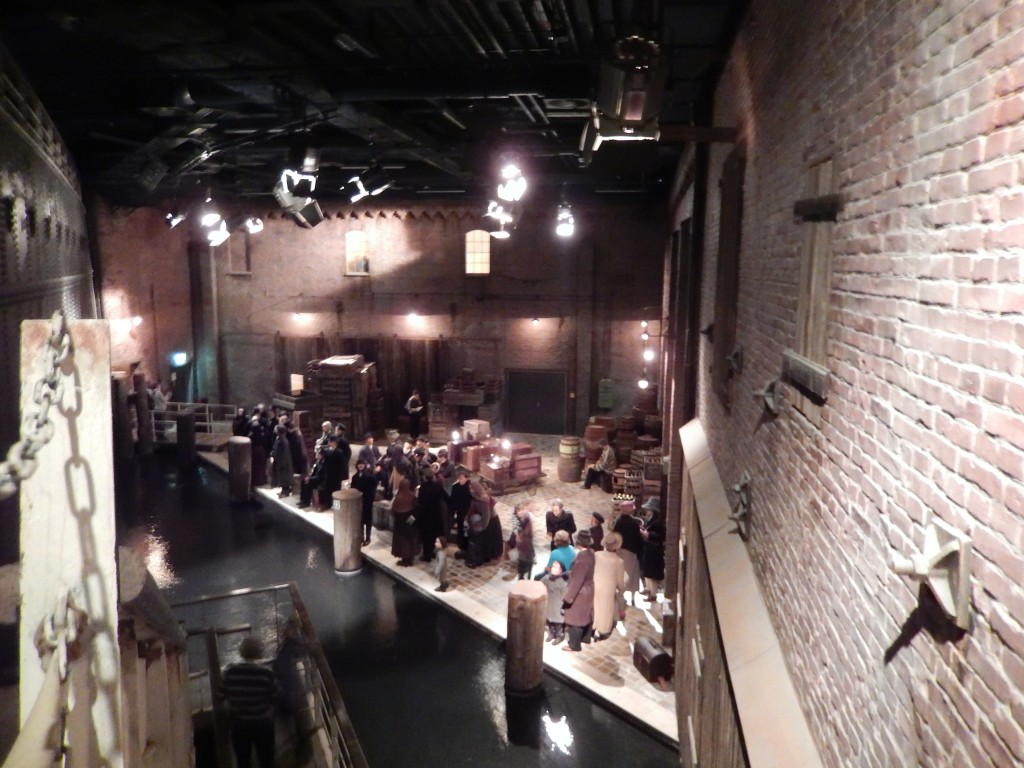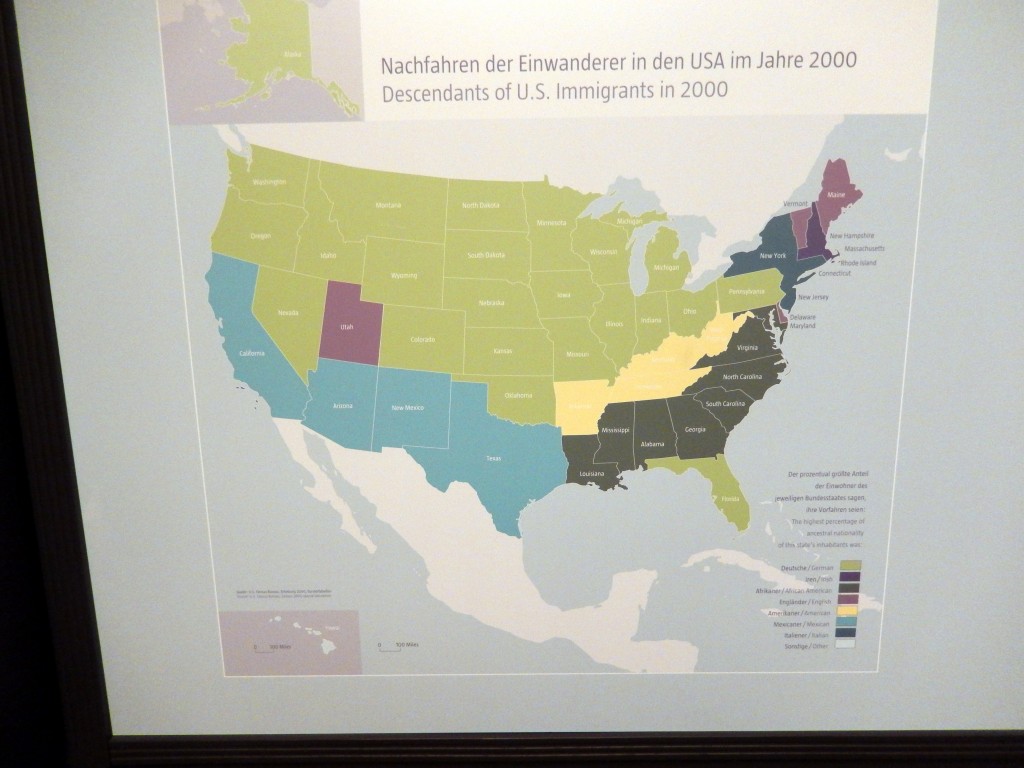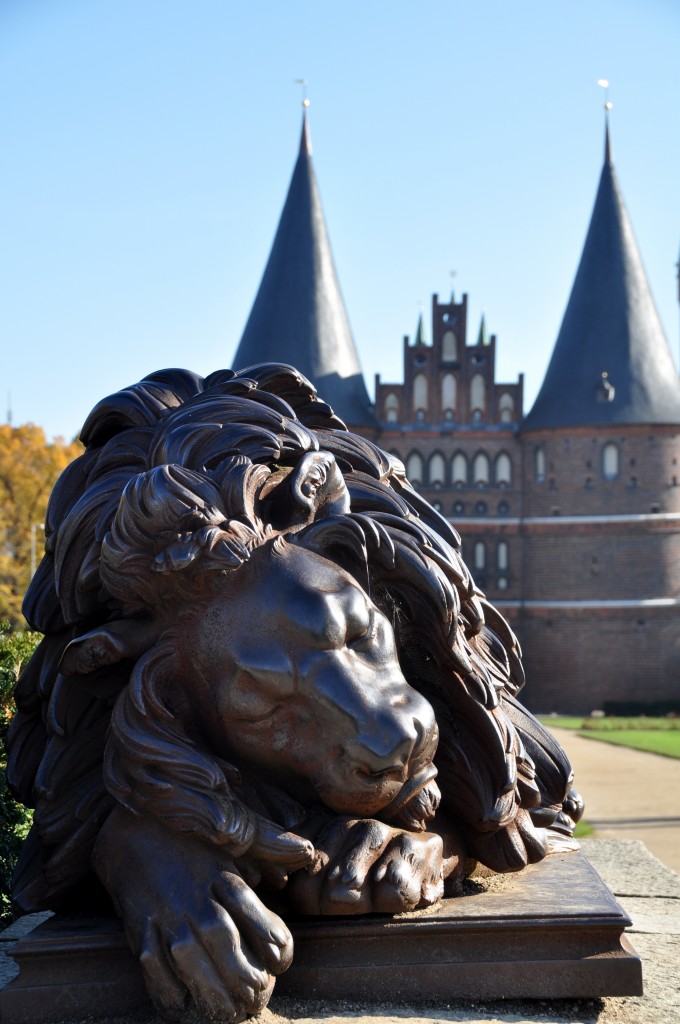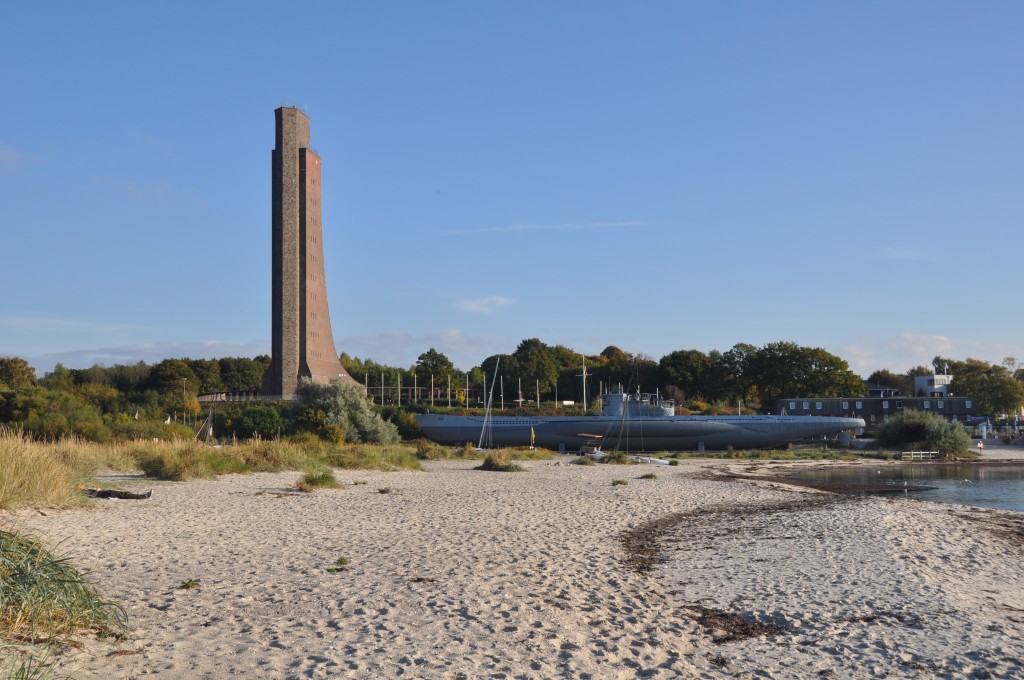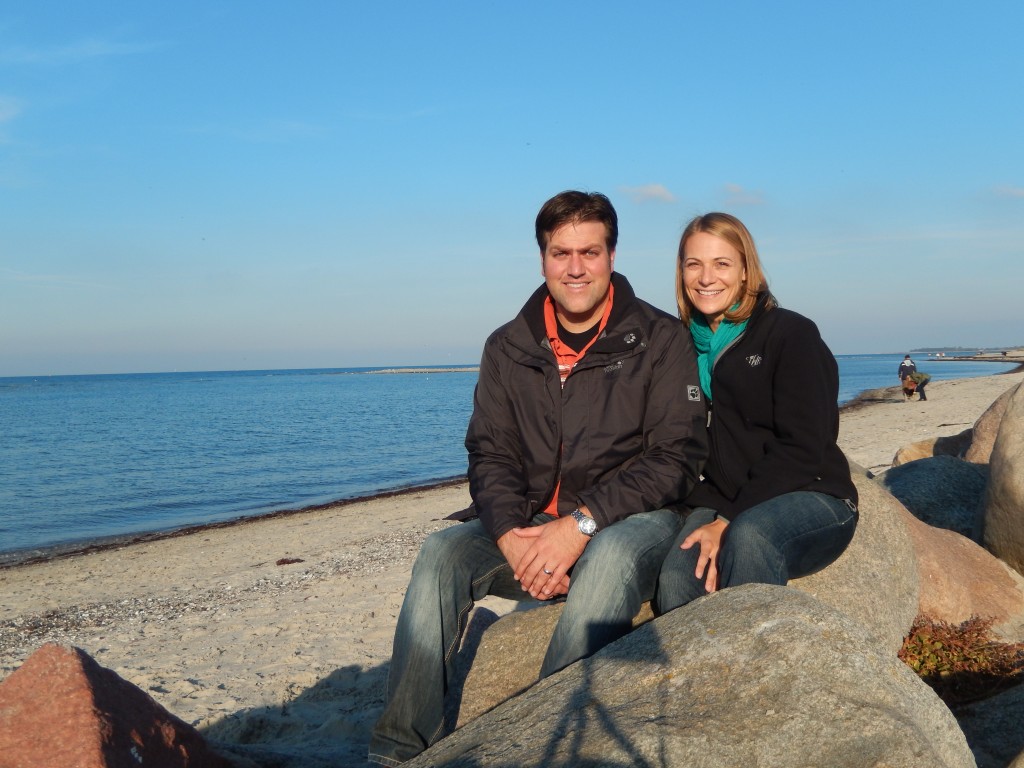Ok, finally, what Hamburg is really about! After our day exploring the “beach” area up north, we spent our remaining days gettin’ into Hamburg! We had a lot of unique experiences in this large port town: tracing the path of the Beatles (who “burned away their rough edges” in Hamburg), wandering around Groβe Freiheit, re-enacting the execution of Klaus Störtebeker (Hamburg’s beloved pirate) on the banks of HafenCity, finding ourselves in very strange conversations with old German men in antique stores, and a lot of quality time with swans.
I’ll start with the swans. Personally, swans are not my favorite water fowl. I’m not sure why they are so closely associated with love and romance because they are mean, dangerous, and the cause of many issues while trying to enjoy water-side strolls with a small dog. So, we were standing at the Rathausplatz in Hamburg, watching the tourists acting crazy with the swans. One particular tourist was so ridiculous that our tour guide couldn’t keep the group’s attention. He rolled his eyes and said, “Well, the swans are pretty special here in Hamburg so there is nothing we can do about it.”

Computer editing always makes things look more wonderful than they really are.
Back in 1266 a law was enacted in Hamburg which protected the swans from being hunted, harmed, eaten, harassed, and even verbally ridiculed. The swans are so important because of a legend stating that as long as there are swans living on the Alster (the two lakes within Hamburg); Hamburg will remain a free city. If that is true, then I don’t know what to say about the state of the city when looking at his guy:

Yikes! I’ll keep my fingers crossed for Hamburg!
We spent a beautiful afternoon walking along the shores of Hamburg’s two lakes, as well as through Park Planten un Blomen. It is a huge, green oasis in the middle of urban Hamburg and probably one of the nicest parks we have seen in Europe. It is a lovely park, comparable to Central Park (except that nothing compares to Central Park!).
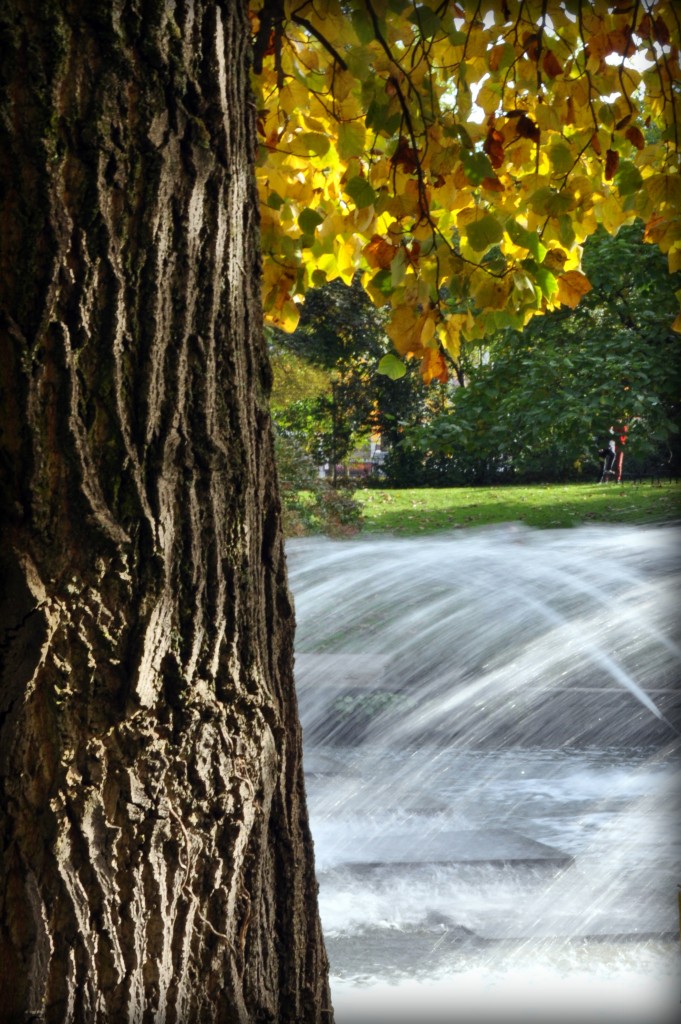
Similar to Hannover, Hamburg has a church which it has not repaired since WWII, leaving it stand as a war memorial. Within the church, St. Nikolai, there is a sculpture of a person sitting on a pile of rubble. The sculpture is called The Ordeal and is a memorial site for Sandbostel, a huge prisoner camp in Lower Saxony where more than 50,000 people perished. The pile of rubble is built from original stones from the prisoners’ barracks from Sandbostel.
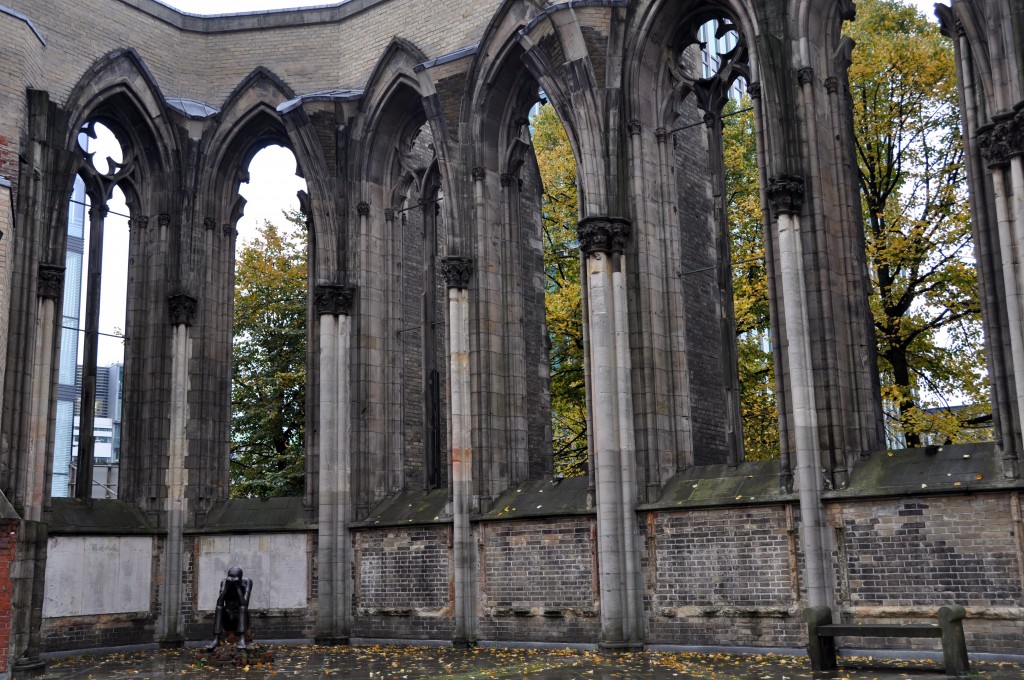
The Ordeal sculpture in the lower left corner.
Our favorite corner of Hamburg was definitely Speicherstadt, the redbrick warehouse district. The Speicherstadt used to be the main port area of Hamburg, with spices and wares being stored in the warehouses. Because it is actually a little island, Speicherstadt was free of port taxes in the late 1800s. Obviously, that was only short lived.

Ok, so no matter how I phrase this next sentence, it is going to come across as questionable, wrong, or off-color, so I am just going to put it right out there. I have learned a lot about Germany’s legal prostitute trade during this road trip. Not just in Hamburg, but in the north in general. There is no trying to hide it up here! Here are some observations regarding “ladies of the night” in northern Germany: they work during the day on Sundays too, they are not afraid of soliciting business in front of the police station, and they think fleece-lined moon boots and fanny packs are sexy. There is one street in Hamburg where women and under-agers are “verboten”. I actually read some stories (involving buckets of urine) describing how women (visitors, not workers) are harassed and mistreated if they enter this street. I decided not to take the risk.
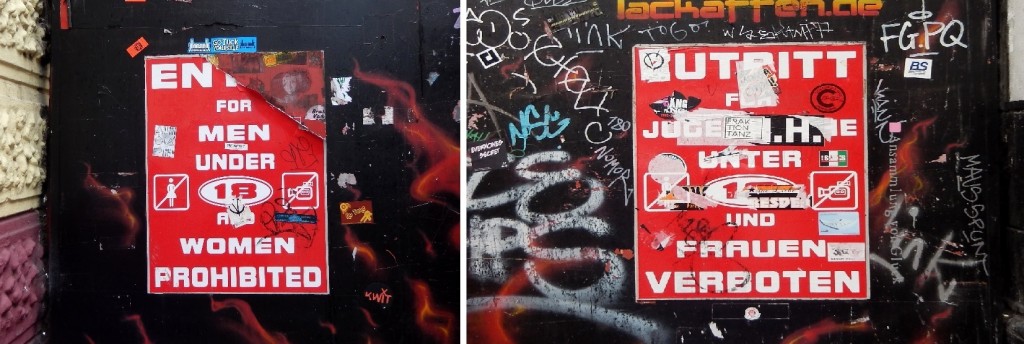
There are even miniature representations of north German’s “recreational activities” in the Miniatur Wunderland! I’m not going to go into detail, because I’m sure your imagination won’t be too far from the truth.

Have Recreational Vehicle – will travel.
Hamburg is definitely a dynamic and changing city. It is currently undergoing Europe’s largest urban development project, HafenCity, which will increase the size of the city by 40% (which is already Germany’s second largest). The 2020’s are the time to be in Hamburg! Not only will the Miniatur Wunderland be finished, but the city will need your tourist money to pay the 15 billion Euro price tag for HafenCity. Book your tickets now!

